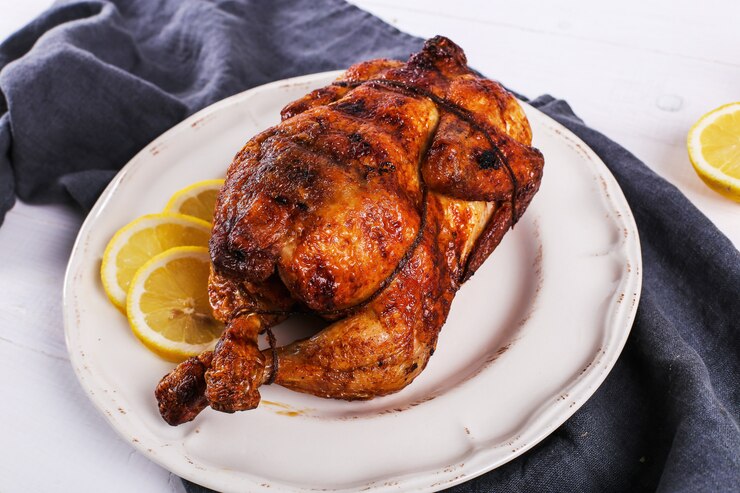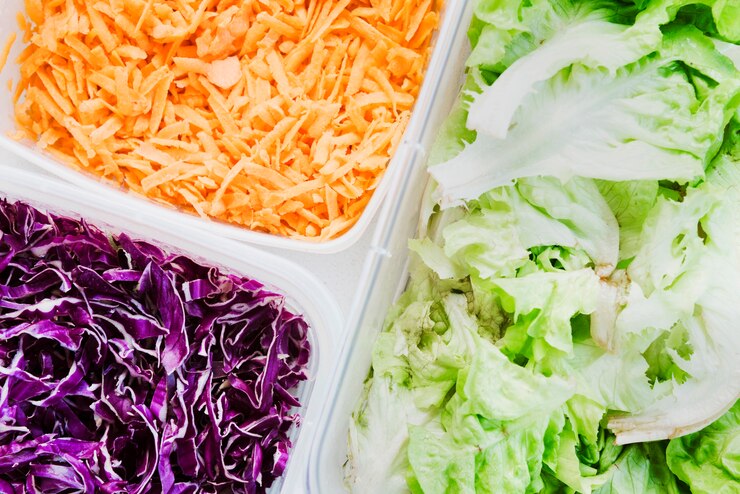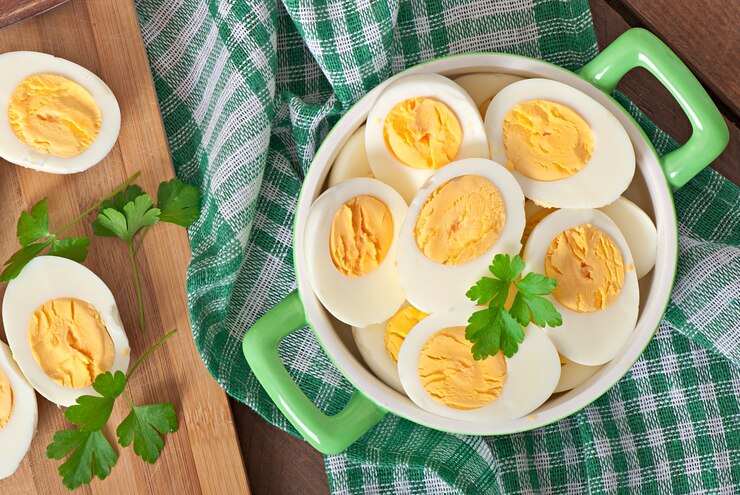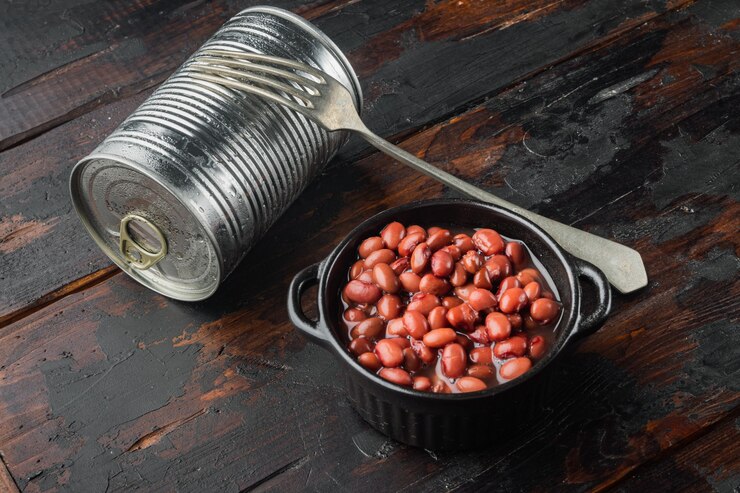Boost Health and Build Muscle with These 5 Healthy Convenience Foods and Recipes
We would all have time to cook our food seven days a week, and we would all be in complete pleasure. In actuality, however, life is hectic when you include job and training obligations, not to mention hours of Instagram browsing, leaving you with little time—and no energy at all—to regularly make a lavish six-course meal every night. Convenience meals that don’t require a drive-thru journey are sometimes all you need.
Relying on so-called convenience meals to hit the “easy” button at these times can be a wise decision. Convenience may allow you to regain some valuable time, but it frequently comes at the expense of flavor or nutrients. I think of Hungry Man meals and frozen salmon sticks. Foods with suboptimal nutritional content are typically referred to as “processed” or “convenience.”
1. Rotisserie Chicken
The common supermarket roasted chicken has the texture of home-cooked food without really being home-cooked. Ideal for kitchen laziness (hey, we’ve all been there after a long day), the bird sitting beneath the heat lamps is your go-to source of tasty and affordable protein that can serve as the foundation for a variety of wholesome meals.

Whether you consume white or dark meat, whether you eat the skin, and how much salt was used in the processing all affect how nutritious rotisserie chicken is. However, you can be sure that you will receive a substantial amount of high-quality protein—roughly 20 grams every 3-ounce dose. Consuming around 30 grams of protein at meals is a good idea to maintain muscle-building going full force, and rotisserie chicken, which is always dependable, makes this a much easier objective to attain without the stress.
In addition to being packed with protein, rotisserie chicken provides several other vital elements, such as zinc, niacin, vitamin B12, and selenium. And you don’t have to be afraid of the dark side. In addition to having a few extra grams of fat than white breast meat, juicy dark meat, like chicken thighs, is better for you in terms of iron levels and other nutrients. If you want to reduce the amount of saturated fat and salt in your chicken dinner, throw away the skin and concentrate on eating the meat. The label’s use of terms like brined or saline solution indicates that the bird will have a greater salt content.
As previously said, this protein is quite adaptable and may be used in a wide variety of dishes, such as salads, tacos, soups, burritos, and sandwiches. Heck, you could throw some cooked grains, dressing, and a couple of handfuls of sliced meat on top of a bunch of salad leaves and call it a quick and easy supper.
2. Bagged Coleslaw Mix
Picking up a bag of coleslaw mix makes it easy to meet your daily vegetable intake goal—minus the cutting. It’s often just shredded carrots and cabbage (or, in the case of broccoli slaw, shredded broccoli stems); therefore, it’s seen as somewhat healthful. Both nourishing and satisfyingly crunchy. Just two and a half servings of fruits and vegetables per day are linked to a 16 percent lower risk of heart disease, an 18 percent lower risk of stroke, a 4 percent lower risk of cancer, and a 15 percent lower risk of premature death, according to a review of 95 different studies involving two million people that was published in the European Journal of Epidemiology.

The dressing packet that comes with most brands is usually created with unimpressive components. It’s preferable to prepare your dressing or use a healthier bottle of dressing from the shop. Bagged coleslaw mix can be used as a vegetable shortcut in stir-fries, tacos, scrambled eggs, burgers, sandwiches, and grain bowls.
3. Packaged Hard-Boiled Eggs
Boiling eggs isn’t a major hassle, but it can be tricky to get them just right. Green-tinged yolks and the unpleasant odor from overcooking them are never appetizing traits, and peeling them nicely can be a test of patience.
Packaged precooked hard-boiled eggs solve those problems and still supply ample protein—6 grams in each egg. It’s always worth remembering that the unique amino acid makeup of eggs makes them stellar muscle-building food.

Since breakfast is typically dominated by carbs, it can be helpful to look for ways to add convenient sources of protein like these. Whole eggs are also a reliable source of vitamin B12, a nutrient of importance for brain health since you need B12 to make red blood cells, which carry oxygen through your body, including to the brain. Plus, consuming hard-boiled eggs could be a healthier option than fried eggs.
Pop one or two for a quick protein-packed snack, mash into egg salad, chop them up and toss on green salads, add slices to toast, try combining with canned salmon for a twist on Nicose salad, or use this supermarket shortcut for easy deviled eggs.
4. Frozen Whole-Grain Waffles
How often have you hauled out your waffle maker lately? I thought so. Subzero boxed waffles can be your answer to lightning-fast breakfast carbs without the need to stir up any batter. Perfect morning energy to power your day. They can be a source of whole grains in your diet as long as you choose brands made with 100% whole grains instead of refined white flour—look at the ingredient list and make sure it lists a whole grain, such as whole wheat flour, as the first item.
A recent study in the Journal of Nutrition found that adults who consumed at least three servings of whole grains every day added fewer inches to their waistline over 18 years than those with lower whole-grain intake and higher consumption of nutrient-poor refined grains. Those with higher whole grain intake also experienced smaller increases in blood pressure and fasting blood glucose levels, compared with those with lower intake.

What’s more, this recent investigation in the journal BMC Medicine determined that up to a certain point, eating more whole grains can be protective against developing heart disease. So, yes, not all carbs are created equal for your health and six-pack pursuit.
Of course, pouring a gallon of syrup on your toasted frozen waffles isn’t going to do your diet any favors. To make the waffles more of a healthy complete meal, top them off with fresh berries and dollops of Greek yogurt—and maybe a slight drizzle of real maple syrup. You can also use frozen waffles as a base for savory meals, such as stacking grilled meats, sautéed veggies, and a sauce on top of them.
5. Canned Bean Chili
There are few things more satisfying than a steamy bowl of home-cooked chili. Quintessential comfort food, full-stop. But when you can’t find the motivation to cook—or haven’t had a chance to grocery shop—opening a can of chili can offer up a viable alternative. Vegetarian versions of canned chili pack in more beans (and no mystery meat), which will give you a bigger dose of dietary fiber—up to 15 grams in a can.
In a recent research review published in the journal Lancet, it was determined that if 1,000 people transitioned from a low-fiber diet (under 15 grams per day) to a diet with higher amounts (25 to 29 grams per day), it would prevent 13 deaths and six cases of heart disease. The nutritional virtues of ultra-convenient canned bean-laced chili also include plant-based protein as well as a range of must-have nutrients such as magnesium, folate, and potassium.

Look for brands that incorporate some veggies, but consider adding in additional ones such as chopped bell pepper and carrot to bulk things up with added nutrition.
And, yes, you can add your own cooked meat if you wish for a protein boost. Read nutritional labels and look for brands with lower sodium levels that contain no added sugars.
One of the most obvious ways to use canned chili is to simply heat it (no metal cans in the microwave, please) and enjoy it as a bowl of, well, chili. If you’re looking for more creative ways to use the saucy canned beans, consider using them as filling for enchiladas, tacos, or burritos. And to go big on protein you can even dump heated canned chili over grilled meats, including steak, chicken, and pork. This gives you a double shot of protein and fiber.

